Today we are going to talk about UVPackmaster 2 for 3Ds Max, which is an efficient and fully-featured UV packing engine available as a plugin for 3Ds Max.
We talked about 3D Uv unwrapping and packing plugins before, but this is different and powerful when it comes to packing UVs, whether you are working on small props, complex characters, or vehicles.
Why You Should Use UVpack Master

When you use this plugin you will realize that it is one of the most efficient UV packing solutions for 3ds Max because it is very fast even when packing on CPU only, but the best part is that it is also capable to pack using Cuda GPUs. So, if you have a strong CPU and a strong GPU you will be able to pack the UVs super fast with maximum efficiency.
the UVPackmaster 2 for 3Ds Max plugin is able to use all packing devices simultaneously in many scenarios (meaning CPU and all GPUs in your machine).
The secret behind the UVPackmaster plugin is that it uses an algorithm that gives the packing process an enormous performance boost, outperforming other UV packing solutions.

The most interesting thing about this plugin’s performance is not just time-saving. Even though packing a complex UV map in realtime is nice, the great efficiency of the algorithm equips the plugin with much more powerful abilities than time-saving only.
Because UVpackmaster will give you a high degree of control and flexibility to pack the densest and complex UVs in a way that makes you realize that you have been wasting many days of your life just packing UVs.
How to Use UVpackMaster
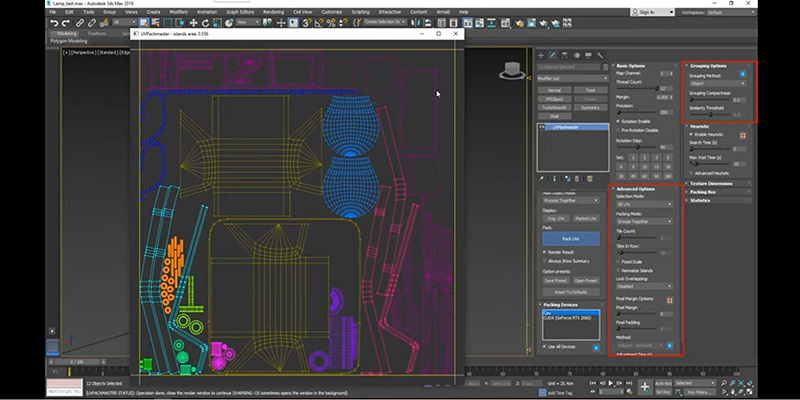
First of all, you will find UVpackmaster as a modifier in the modifier list when you select the 3D model that you already UV-unwrapped. And you will see the plugin settings and tools that will allow you to make your life easier.
You can select a model with separate elements to pack them together, which is a better solution compared to attaching all the pieces together sometimes. From the multi-object mode, you have two choices, whether you want to process and pack different elements in unique templates, or put them together in one template using the process together option.
And you have an option to display the original UVs or the ones you packed using UVpackMaster. You, also, have an option to save your preset, load one that you worked on before, or reset everything to default.
When it comes to packing devices or the computer hardware that the algorithm of the plugin you have an option to use both CPU and GPU, which is the default option if you check the box that says “use all devices”
, or you can use CPU only or GPU only.
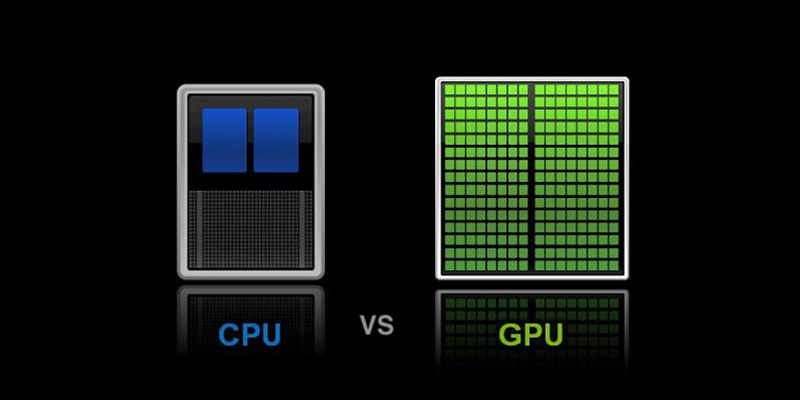
UVPackmaster 2 for 3Ds Max gives you a list of basic options and advanced options to control your UV packing process. From the basic options, you can control map channel, thread count, margin, and precision, which are parameters to control how many threads on your CPU want to use, and the lower the margin is the more precision is, the longer the packing process will take, and the better results will be.
You can also play around with rotation options if you want to do that, and find out what works best for you.
I, personally, think that you don’t really need the basic options that much because the advanced options are what you need.
The selection mode gives you the option of choosing to pack all UVs, which is the default option. Or you can pack only the UVs you select from unwrap UVW modifiers. And the third option is to pack new UVs from the other element in the model or a completely new model that you want to merge and pack together with the old packed UV islands.
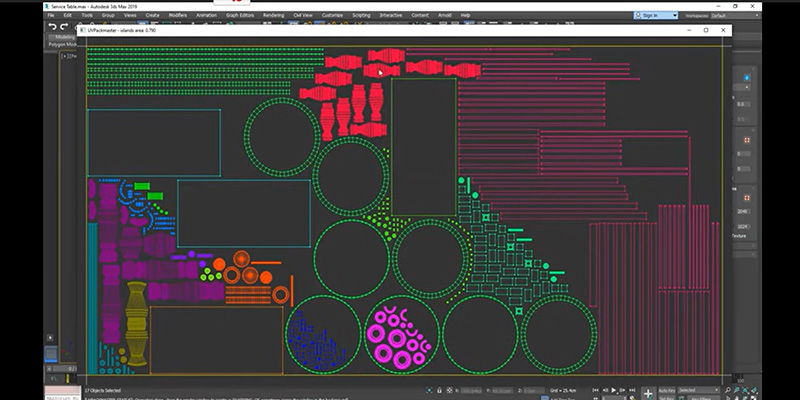
In Packing mode, you will also find a lot of options and flexibility to do whatever you want when packing UVs, especially if you want to use multiple tiles or UDIMS.
First of all, you can use the single time mode which is the default, or you can choose tiles that give you the freedom to distribute your UVs over multiple Udims whether it be 2,4, or 10.
In the same list of packing modes, we also have the option of packing groups together. This one is very important because it gives you further control using another important set of settings of UVpackmaster, which is Grouping options. So, if you want to pack your UVs based on materials, you can choose the option and your UVs will be automatically packed on the materials applied to your model.
Other grouping methods include grouping by the object, which means the UV packing will take place according to the different pieces comprising the model. Another one is grouping by parts, which is an easy way to separate different parts of the model if they are all attached together. Because the plugin will be able to know the different mesh parts. And finally, you can group the UVs based on similarity, which basically means packing similar UVs in shape or size closer to each other.

If we go back to our packing modes, we can see the last option, which is Groups to tiles. This is similar to the previous mode, but the difference is you are able to spread the UVs over multiple tiles depending on the grouping option you chose.
In the same advanced options, there are Three other features worth mentioning.
- First: The normalize islands option will automatically scale the selected UV island before packing so that the average texel density is the same for every island.
- Second: The ability to lock overlapping, which basically gives you the ability to keep the UV islands that you chose to keep on top of each other overlapped regardless of the changes you are making and the packing options you choose.
- Third: Are the pixel margin options, which give you the ability to determine the exact distance between UVs in the process of packing because sometimes the UV islands seem to be too close to each other.
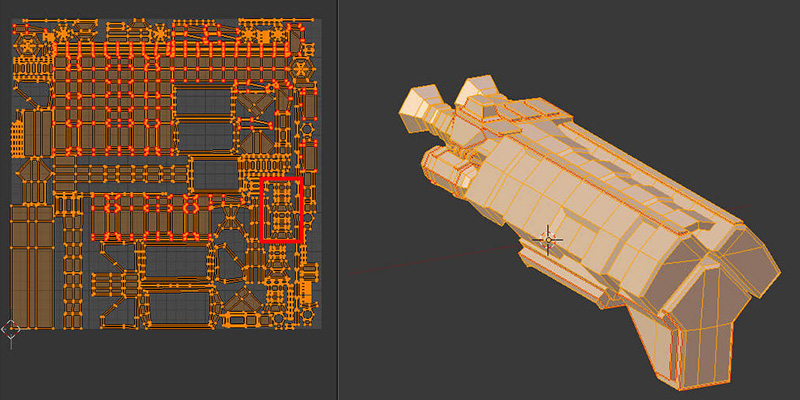
Now, we are going to take a look at Heuristic options, when you enable Heuristic it will activate the power of the algorithm which means the plugin will start calculating and trying to find the best and the most optimal way of packing your UVs together. You can choose the search time and maximum waiting time because if you don’t do that, it will calculate forever until you press escape from the keyboard.
If you want the best packing results I recommend using this feature because it really can deliver beautifully packed UVs according to the settings you chose to use.
And thanks to the Heuristic Search functionality the UVPackmaster 2 for 3Ds Max is able to provide results for which any further manual tweaking is not needed contrary to other UV packers.
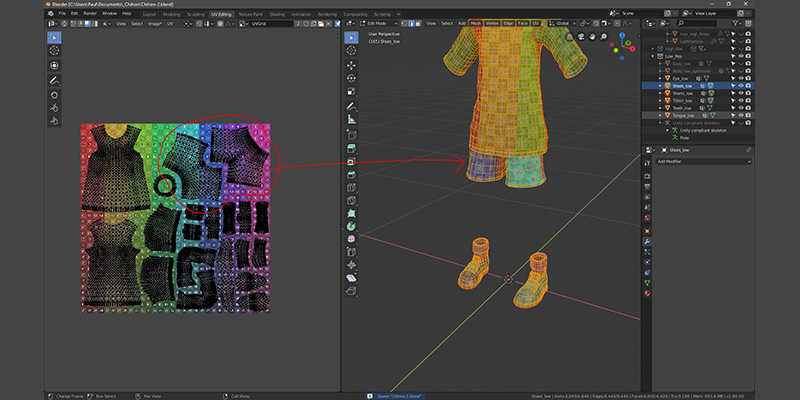
But not every UV map will be densely packed because some models have a lot of UV islands, and others have a big UV island and a limited number of smaller islands, which does not allow it to be tightly packed.
If you want to change the texture or UV template dimensions, you can do that from the texture dimensions parameters by unchecking the lock dimensions box and entering a value like 1k by 2K for example and you will see it taking place when the Uvs are packed.
As we have seen together UVPackmaster 2 for 3Ds Max has a lot of features that can help you speed up the Process of packing UVs tremendously. I personally like the process of packing UV islands, but when I have a lot of models to work on, the process gets repetitive and boring. So, I think that using a plugin like this is a great option for saving time and getting the most efficient results, even better than doing it yourself and spending hours on it. For example, I sell 3D models of scenes that are usually comprised of small props, which makes the process of UV unwrapping and packing UVs the most tedious and time-consuming, but not anymore with UVPackmaster 2 for 3Ds Max.
As you start using UVPackmaster 2 for 3Ds Max, which is a great Plugin, on your projects you will discover more about its power and efficiency.
Again if you want to put your hands on this amazing plugin you can use the link in the description to get a %20 discount valid for one week only.































